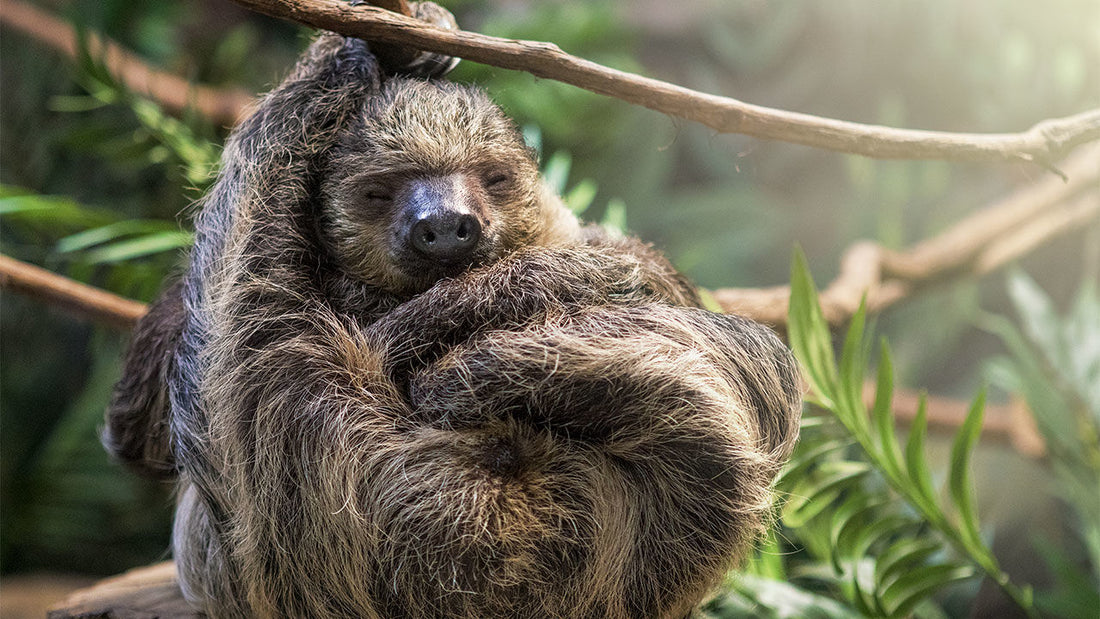It’s no secret that sloths move slowly. In fact, they move so slow, unique assemblages of insects can actually take advantage of their pace and align their lifecycle with these slow-moving hosts.
An interesting example is the relationship between the brown three-toed sloth and a moth aptly called the sloth moth.
Sloths have a time-consuming habit of climbing down from the tree canopy once a week to defecate on the forest floor. Sloth moths have evolved to take advantage of this unhurried trip to the bathroom.
The adult moths live in the sloth’s fur. When a sloth reaches the ground and finishes its business, female moths will leave the fur to lay eggs in the sloth’s dung. The eggs will hatch and the moth larvae will feast upon and live within the poop. Eventually, newly emerging adult moths will take flight in search of a sloth to start the cycle all over again.
So, the moths get a home and a food source for their young out of the relationship. But do the sloths get anything in return?
Researchers believe the moths transport nutrients that better enable green algae to grow in the sloth’s fur. Making use of the algae as an easy snack, sloths add valuable carbs, proteins and fats into their otherwise nutrient-poor diet. And the green color of the algae also helps camouflage the sloths from potential predators.
This unique relationship, and the unexpected food source it provides, may be a primary season why three-toed sloths are so difficult to keep in captivity.


